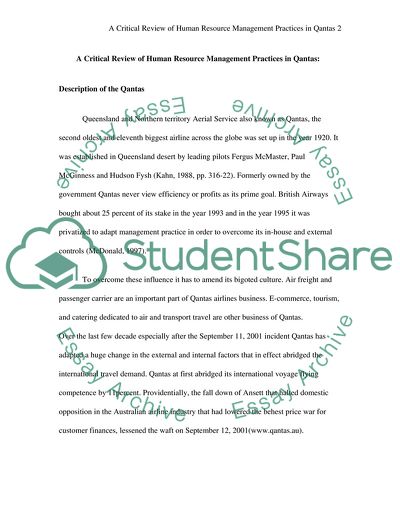Cite this document
(Human Resource Management Practices in Qantas Research Paper, n.d.)
Human Resource Management Practices in Qantas Research Paper. Retrieved from https://studentshare.org/human-resources/1774325-a-critical-review-of-human-resource-management-practices-in-qantas
Human Resource Management Practices in Qantas Research Paper. Retrieved from https://studentshare.org/human-resources/1774325-a-critical-review-of-human-resource-management-practices-in-qantas
(Human Resource Management Practices in Qantas Research Paper)
Human Resource Management Practices in Qantas Research Paper. https://studentshare.org/human-resources/1774325-a-critical-review-of-human-resource-management-practices-in-qantas.
Human Resource Management Practices in Qantas Research Paper. https://studentshare.org/human-resources/1774325-a-critical-review-of-human-resource-management-practices-in-qantas.
“Human Resource Management Practices in Qantas Research Paper”, n.d. https://studentshare.org/human-resources/1774325-a-critical-review-of-human-resource-management-practices-in-qantas.


